What is growth hormone?
Somatotropin, also known as human growth hormone (GH), is a vital peptide hormone synthesized in the anterior lobe of the pituitary gland. It plays a crucial role in improving protein creation, managing how the body processes sugars and carbohydrates, aiding tissue recovery after injury, and ensuring the proper function of numerous body systems and organs. This hormone is essential for stimulating overall growth, promoting cell growth and regeneration in both humans and animals, and is critical to the developmental stages of life.
GH is critical for the development and growth of the body’s tissues and organs, driving the expansion of bones and modulating the metabolism of fats, sugars, proteins and minerals, as well as maintaining fluid and electrolyte balance in the body. It activates the breakdown of fats in adipose cells, increases the absorption of amino acids and retains nitrogen in the muscles, promoting the preservation of muscle density and strength. Furthermore, GH influences the production of insulin-like growth factor 1 (IGF-1), predominantly in the liver. IGF-1 plays a significant role in growth and metabolic activities.
During the growth phase, the body’s production of growth hormone is at its peak, allowing us to progress through the developmental stages from childhood to adulthood. The maximum secretion of this hormone occurs during childhood and adolescence, with a gradual decrease starting around age 25.
The hormone is lauded for its ability to increase muscle growth through its anabolic and anti-catabolic properties, promoting protein synthesis and slowing its degradation. It is instrumental in decreasing the amount of fat under the skin and increasing fat burning during physical activities, making it highly prized by athletes.
Furthermore, somatotropin regulates carbohydrate metabolism by generating a counter-insulin effect (decrease in the effectiveness of insulin), which in turn increases blood glucose levels, providing the body with an energy reserve for physical effort . It also plays a key role in preventing osteoporosis by improving the ability of bones to absorb calcium, which is particularly important during muscular activity.
Impact of growth hormone
Growth hormone serves as a crucial mediator, functioning as a critical element in the production of insulin-like growth factor (IGF-1), with IGF-1 responsible for executing the primary effects typically associated with growth hormone. Additionally, growth hormone directly influences numerous bodily functions by binding to its distinctive receptors.
Growth hormone facilitates several critical biological processes, including:
- Promote lipolysis or the conversion of fat molecules into fatty acids.
- Improve the permeability of the cell membrane to various amino acids, thus ensuring the supply of essential “building materials” to the cells.
- Increase the body’s ability to retain calcium, which helps strengthen bones.
- Strengthen the immune system.
- Promote the transformation of thyroxine (T4) into triiodothyronine (T3).
- Raise blood glucose levels.
About its conversion to IGF-1
Although some of the effects of growth hormone are immediate, a substantial portion of its effectiveness is transmitted through the insulin-like growth factor IGF-1 (formerly recognized as somatomedin C). Generated in the liver in response to the influence of somatotropin, IGF-1 is instrumental in the growth of most internal organs of the body. In the context of sports, almost all growth hormone-related benefits are due to the activity of IGF-1. Therefore, growth hormone acts primarily as a facilitator, essentially bridging the gap in the synthesis of this secondary hormone. Many effects commonly attributed to growth hormone are, in fact, performed by IGF-1, especially when it comes to the growth of body tissues.
Also, IGF-1:
- Increases antioxidant levels in the body.
- Fights inflammation.
- Ensures the maintenance of blood sugar and electrolyte stability.
- Contributes to the prevention of heart disease.
- Improves cognitive functions, proving particularly useful in recovering from strokes.
- Shows an anabolic effect, promoting muscle development.
- Accelerates the healing process by increasing collagen production.
- Strengthens bones through increased calcium retention, thus improving bone density.
What is growth hormone used for
Strengthen tendons and joints
In disciplines such as powerlifting and strength sports, where tendon strength plays a crucial role in performance, growth hormone proves to be immensely beneficial. Interestingly, only a modest amount is needed to achieve this effect. In team sports and martial arts, which often involve joint and tendon injuries, growth hormone is increasingly used for rehabilitation, significantly reducing the recovery time needed by athletes.
Increase explosive power
Growth hormone is also harnessed to increase speed and explosiveness, especially useful for sprinters and athletes in sports that require sudden bursts of movement (such as football, hockey, rugby and various combat sports).
Increase in muscle mass
An increase in somatotropin levels significantly increases protein synthesis by inhibiting amino acid oxidation. In this process, anabolic steroids and IGF-1 act as growth hormone synergists. Furthermore, growth hormone almost completely blocks the absorption of glucose by adipose tissue, even in the presence of insulin, directing most of the glucose to muscle cells, thus supporting anabolism and promoting fat prevention.
Fat reduction
Because of its strong lipolytic (fat burning) properties, many bodybuilders and individuals aiming to perfect their physical appearance and achieve an athletic build turn to growth hormone.
Anti-aging benefits
Growth hormone deficiency in adults is often linked to the aging process: starting around the age of 40-45, the body’s natural production of somatotropin decreases significantly, potentially leading to various problems such as deterioration of cholesterol levels, loss of muscle mass, osteoporosis, decreased collagen production. , among others. In these cases the administration of synthetic growth hormone can offer considerable help.
Dosage
- For anti-aging purposes: 1-1.5 IU per day
- To improve the strength of tendons and joints and promote recovery from injuries: 2-3 IU per day
- To speed up recovery after intense effort: 3-4 IU per day
- To burn fat: 3-6 IU per day
- To strengthen muscle mass: 6-12 IU per day
Precautions and contraindications
- Individuals with cardiovascular disease
- Those diagnosed with cancer
- People with type 2 diabetes
Potential side effects
Although growth hormone is generally considered safe when adhering to prescribed dosages, some users may experience side effects such as fluid retention, elevated blood pressure, and carpal tunnel syndrome, as well as increased blood sugar levels. These can include:
- Carpal tunnel syndrome
- Fluid retention
- Higher blood pressure
- Reduced thyroid function
- Hyperglycemia (high blood sugar)
- Joint pain (arthralgia)
Storage and reconstitution of growth hormone
The powdered, or freeze-dried, form includes 10 vials of powder along with 10 vials of water for reconstitution. Growth hormone in this freeze-dried powder state is typically coupled with a solvent (bacteriostatic water) to facilitate solution preparation. Once reconstituted, growth hormone is kept in a liquid state. The amount of solvent needed for each unit of growth hormone must be followed exactly according to the guidelines provided in the instructions.
Solvent (bacteriostatic water)
In an aquatic environment, growth hormone begins to degrade rapidly, in part due to bacteria, which find moist environments conducive to growth and multiplication. Although injectable water is sterile, its sterility is compromised the moment its container (often a vial, although water is increasingly found in vials or small plastic bottles) is opened. To prolong the sterility of the water, substances such as benzyl alcohol or metacresol, known for their powerful antibacterial properties, are added. The water treated in this way becomes bacteriostatic, effectively keeping the bacteria in a “static state” where they cannot proliferate. Within this bacteriostatic environment, growth hormone can remain stable and resist significant degradation for a much longer period.
How to prepare the solution
- Fill the syringe with water. Typically, the contents of the vial are dissolved with one milliliter of water.
- Pour the water into the vial containing the lyophilized powder. Angle the vial so that the needle touches the wall of the vial. It is important to avoid directing the solvent directly onto the powder. Let the diluent drip gently down the walls of the vial (do not empty it all at once and do not rush).
- After all the diluent has been added to the vial with the peptide, carefully shake (but do not shake vigorously) the vial until the lyophilized powder dissolves completely, leaving a clear solution. The product is now ready for administration. Store the reconstituted solution refrigerated at 2-8°C for up to 14 days or at room temperature for 2-3 days.
Archiving
The unmixed, dry form can be stored at room temperature or refrigerated. The freeze-dried powder remains stable as long as it is not exposed to direct sunlight (or daylight lamps) and is not heated. Under appropriate conditions, somatropin in its dry form can last up to 3 years when stored at 2-8°C and up to 2 years when stored at 15-30°C.
If the vial containing somatropin were to break, allowing air to enter, the active ingredient will deteriorate relatively quickly outside of refrigeration – within about two weeks, about half of its potency could be lost. Therefore, if you doubt the integrity of the package, it is advisable to refrigerate the drug.
Meanwhile, the bacteriostatic water supplied for reconstitution must be constantly refrigerated at 2-8°C to maintain its effectiveness. If you store growth hormone with bacteriostatic water, it is best to refrigerate the entire kit.
Frequently asked questions
Do I need to do post cycle therapy (PCT) after taking human growth hormone?
No, post cycle therapy (PCT) is not necessary after using growth hormone because it does not affect sex hormone levels.
Is HGH injection harmful?
HGH injections are administered with a small insulin syringe equipped with a needle up to 13 mm long, inserted subcutaneously. This method minimizes discomfort, making injections virtually painless.
How does human growth hormone affect women?
A growing number of women are turning to HGH for its potential benefits in anti-aging and weight loss. A human growth hormone deficiency among women typically results from insufficient production by the pituitary gland. Through growth hormone therapy, this condition can be reversed. Symptoms of HGH deficiency include dry skin, thinning hair, increased abdominal fat and the appearance of wrinkles. Adequate levels of HGH can help women maintain a healthy body fat ratio and skin elasticity. Furthermore, balanced levels of HGH in women reduce the risk of osteoporosis. HGH injections can also help normalize sleep patterns, improve skin elasticity, reduce excess fat, and strengthen the immune system.
What should I expect from using growth hormone?
Growth hormone is highly sought after in sports especially for its ability to reduce subcutaneous fat. Additionally, research indicates that somatotropin use can lead to an increase in lean muscle mass, connective tissues, and muscle cell volume due to fluid retention.
Is it possible to use growth hormone with anabolic steroids?
Yes, using growth hormone alongside anabolic steroids can amplify the effects of steroids, making it a common practice among bodybuilders.




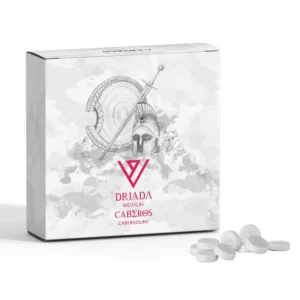
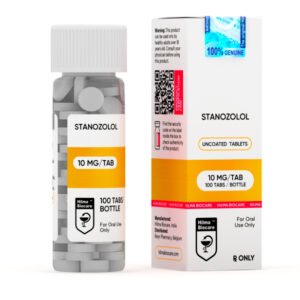

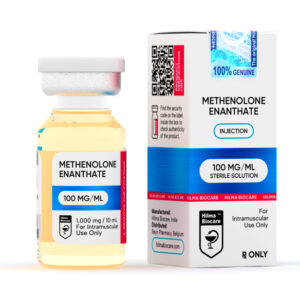
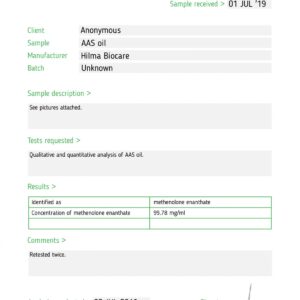
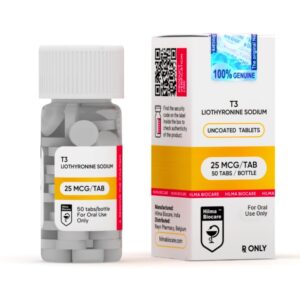
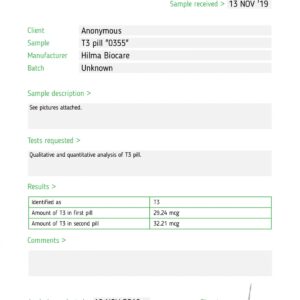
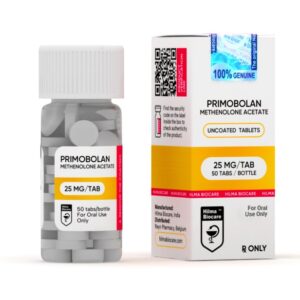
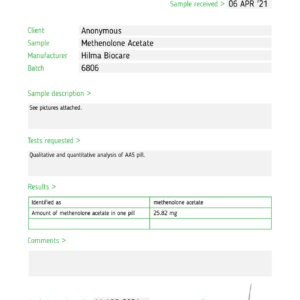

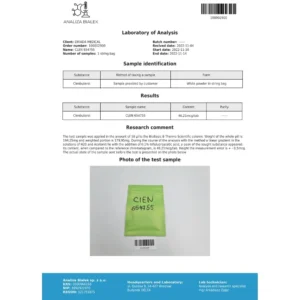

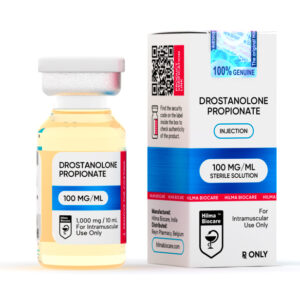


Reviews
There are no reviews yet.